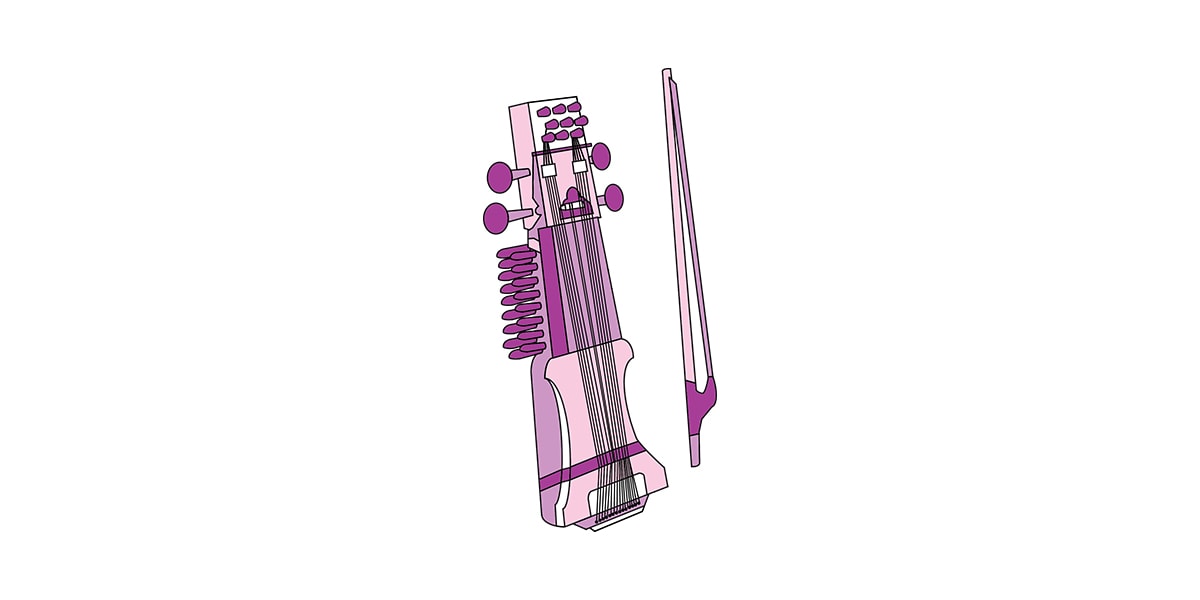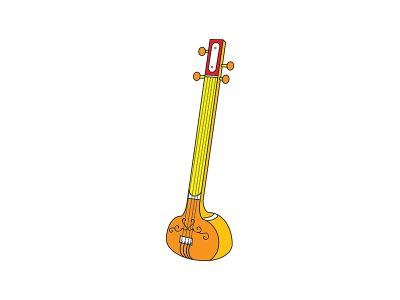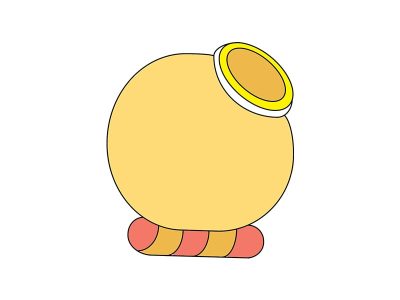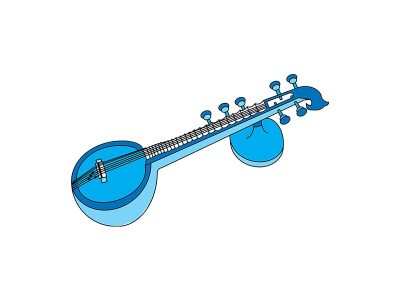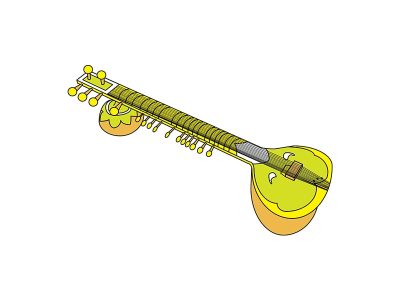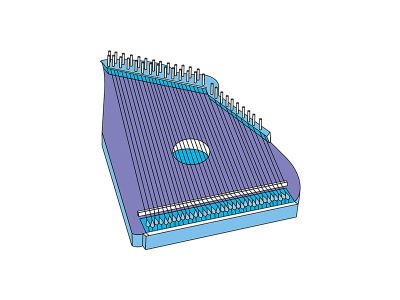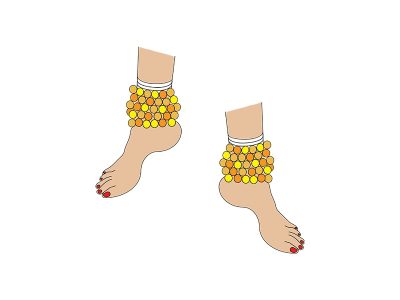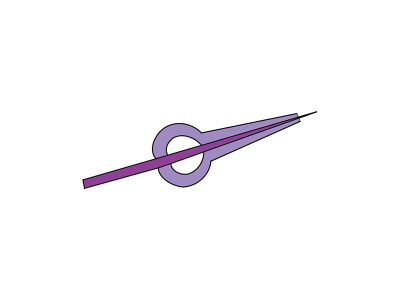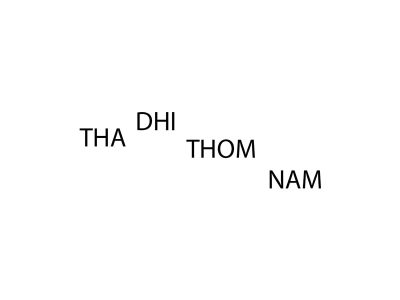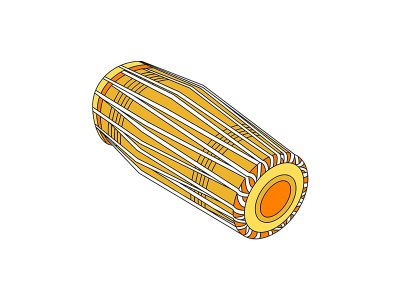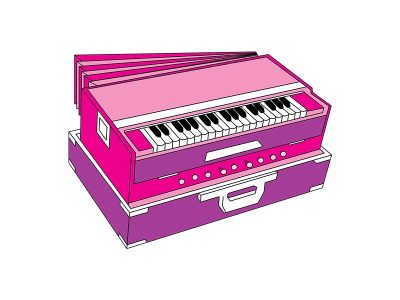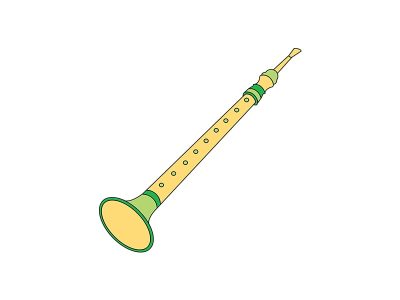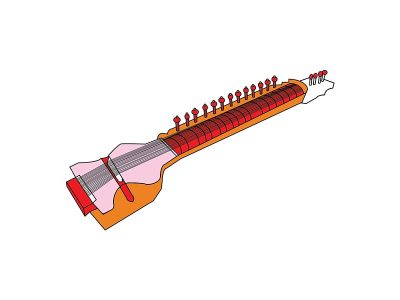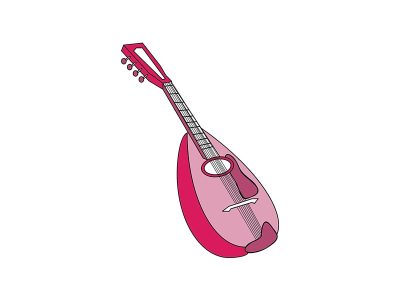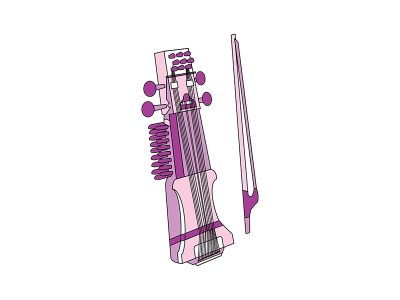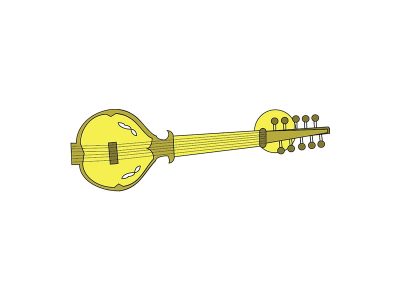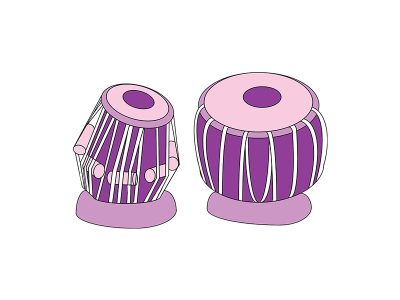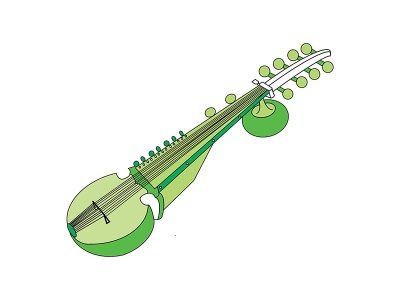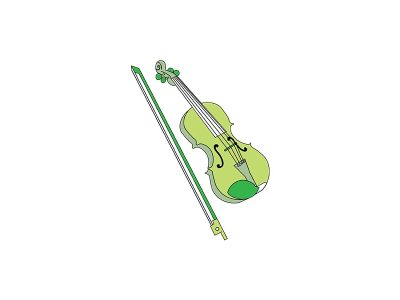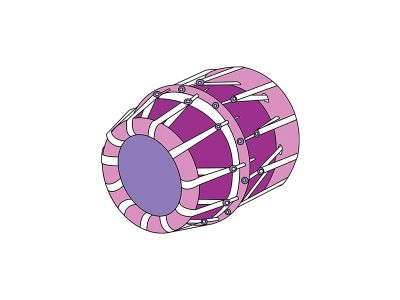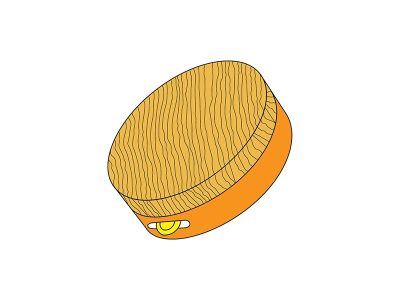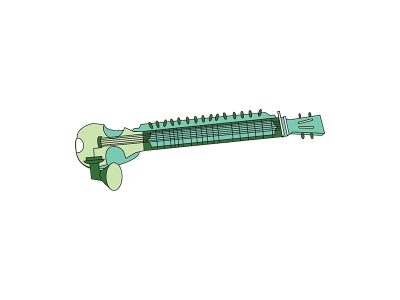What is the Sarangi?
The Sarangi is a fretless, bowed string instrument used in Hindustani classical music and folk traditions of north India. Although precise information about the Sarangi is missing, it may have come to India from Central Asia as the bowed Rabab. Etymologically, it may have been derived from either Sarang in Sanskrit meaning ‘spotted deer’ or a variation of ‘Saurang’ in Hindi meaning ‘a hundred colours’.
The Sarangi was extensively used as a folk instrument, before it made its way into Hindustani classical music during the rise of Khayal Gayaki. It has long been associated with dancing girls and courtesans and was used as the standard instrument for accompaniment for khayal and thumri music.
The Sarangi is made out of a single hollowed block of wood. It has three main strings, one brass drone and 35 to 40 sympathetic strings. The instrument is held vertically while playing.
The Sarangi was used as accompaniment for vocal music, before it gradually started getting replaced by the harmonium.
Where it’s from

